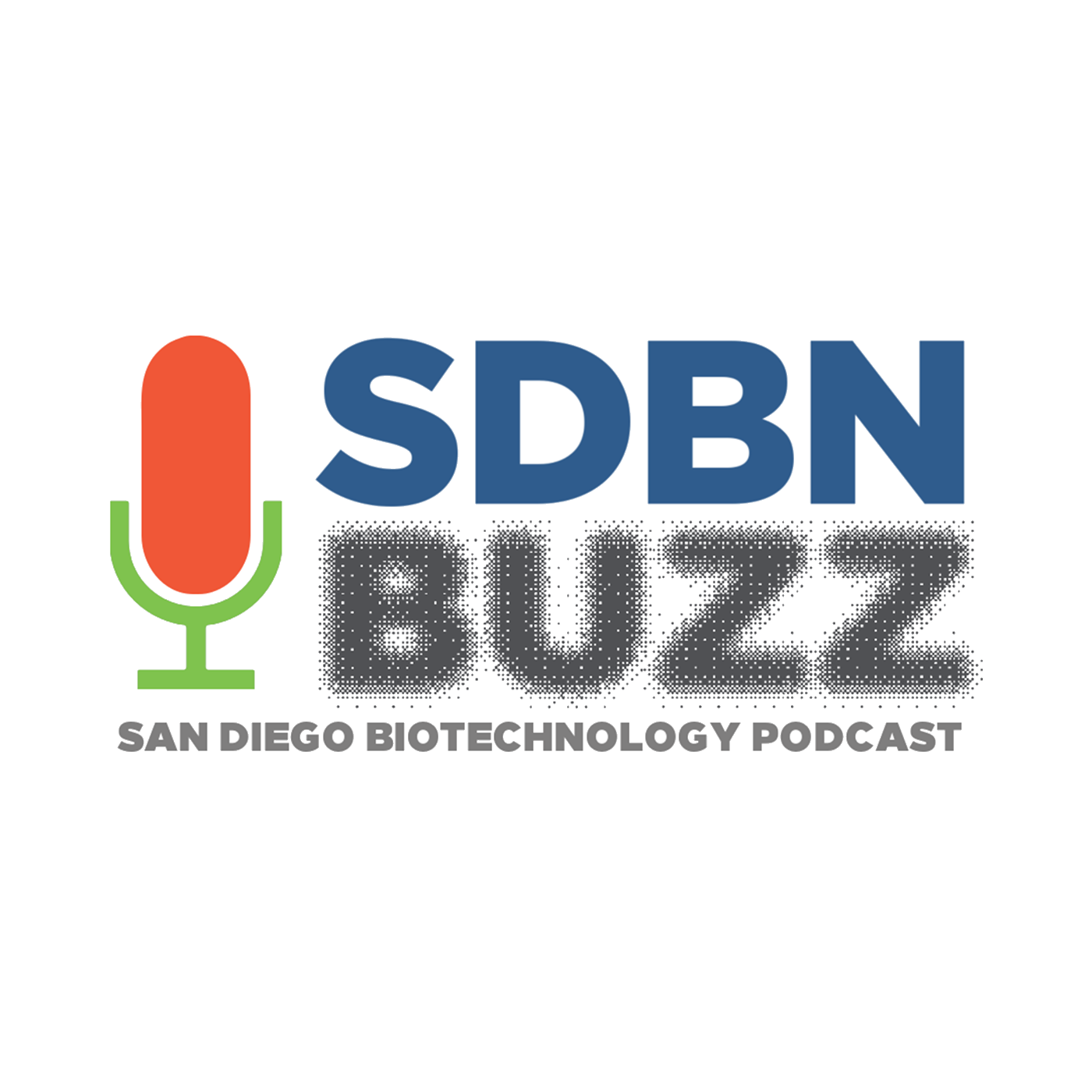Episodes

Wednesday Mar 13, 2024
Turning Greenhouse Gases into Biodegradable Foodware
Wednesday Mar 13, 2024
Wednesday Mar 13, 2024
Note:This was first published on Nov 9, 2020.
If you could capture greenhouse gases like CO2 or methane and turn them into usable products, what would you make?
There are a few challenges here. Which gas would you choose? What source would you use? And what market would you serve? This episode answers all of those questions.
I interviewed Mark Herrema, CEO of Newlight Technologies about AirCarbon, a material also known as PHB (Polyhydroxybutyrate).
You probably know that cows produce methane (by burping, it turns out – not the way you thought.) And methane is a more potent greenhouse gas than CO2. While it comes from cows, there are easier ways to collect it, like digesters.
Certain bacteria can use it to produce PHB, a compound found in many environments that can be melted and shaped into products like foodware (disposable utensils) or a leather replacement for the fashion industry. Other bacteria can produce it with CO2 as a starting point.
Wherever it comes from, if it ends up in the ocean (don’t throw your waste in there) it degrades quickly because the environment already “understands it”.
I found this interview fascinating from both a science and a startup perspective. Definitely give this one a listen.

Monday Jun 22, 2020
The How and the Why of Inducible Pluripotent Stem Cells
Monday Jun 22, 2020
Monday Jun 22, 2020
Inducible pluripotent stem cells (iPSCs) are cultured cells with the ability to become any cell type present in the species from which it came. Jeanne Loring (Professsor Emeritus at Scripps Research and the Chief Scientific Officer at Aspen Biosciences) is an expert in this area.
In this episode, she described how iPSCs are made and what they can be used for. Spoiler alert: skin cells and lots of important stuff.
One example is to create dopamine neurons that may be used as a treatment for Parkinson's disease.
Outside of human health, they may help to save endangered species. The Northern White Rhino is functionally extinct as there are only two females left. The good news is that back in the 1970s, when the era of gene manipulation was just beginning, someone at the San Diego Wild Animal Park had the foresight to take skin cells from animals and deep freeze them in liquid nitrogen.
The Northern White Rhino's future is in those frozen samples. It's a fascinating and exciting story.
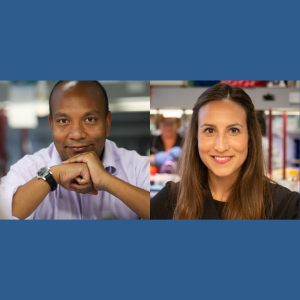
Tuesday Jun 09, 2020
Repositioning Drugs as Potential Therapies for COVID-19
Tuesday Jun 09, 2020
Tuesday Jun 09, 2020
In this episode we visit the front lines of science. We're all aware of the health care workers on the front lines of treatment, but what is it like to do research on the novel coronavirus? And what are the strategies?
Drs. Sumit Chanda and Laura Martin-Sancho describe for me their efforts at Sanford Burnham Prebys Medical Discovery Institute. The strategy is to screen thousands of drugs that have already been through clinical trials with known safety profiles to see which ones may interfere with viral replication.
It starts with instructing a researcher in Hong Kong by iPhone video in the middle of the night on how to do the initial screening. After repeating the screen and reviewing the data, the 300 (out of about 3000) best candidates are chosen for further study.
Laura works in a BSL3 (Bio Safety Level 3) facility to test whether the selected compounds can still inhibit replication at doses that are achievable in a patient. Working in a negative pressure lab and changing in and out of scrubs and a respirator several times a day is not easy.
They are optimistic about the results so far. Any potential treatment will have to do better than what is currently available. The current standard is Remdesivir.
Even if nothing works out, we will certainly learn about the biology of the virus which could help in developing treatments down the road. We also briefly discussed the prospect of broad spectrum anti-viral drugs. The dependence of viruses on host functions means they may share host processes that can be inhibited.
We're all rooting for their success.

Wednesday May 27, 2020
Using Biology as Technology to Stream Data
Wednesday May 27, 2020
Wednesday May 27, 2020
Michael Heltzen is the CEO of Cardea Bio. He envisions a time when biology is part of the technology. What exactly does that mean?
We currently use aspects of biology to observe or manipulate living systems. But often we are measuring at a moment in time. His vision is to use biological molecules as sensors to continuously stream information through electrical signals much as a transistor works in a computer, communicating on and off states of binding interactions for example.
As an analogy, it would be difficult to understand soccer from a collection of still photos. But watching a broadcast of a full game, one would have a better understanding of the rules and the objectives.
He described for me the work they have done so far using graphene as the basis for this new technology.
We switched gears in the last part of our conversation. Michael explained why he chose San Diego over the Bay Area as the home for his business.
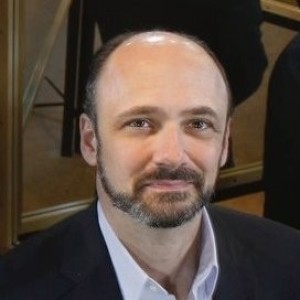
Tuesday May 12, 2020
The Fleet Science Center Mission Goes On Even in a Pandemic
Tuesday May 12, 2020
Tuesday May 12, 2020
As we shelter in place in the midst of a pandemic, the world waits for science to rescue us with testing, treatments and/or a vaccine. But how do we get more people to connect with the power of science on a regular basis?
That's the mission of The Fleet Science Center. Steve Snyder is the CEO of "The Fleet" and was kind enough to join me and describe how that mission is executed even as the center itself is closed due to shelter in place orders.
What you may not know is that there are programs throughout the county ongoing all the time.
One of the themes is letting the audience drive the conversation - meeting them where they are. What do people want to know? As opposed to "Here's what you need to know about X."
The conversation drives home the need for science communication. A highlight is the program, "Two Scientists Walk Into a Bar..." where once a month 2 scientists are available at about 25 bars and breweries around town just to talk about whatever they might be curious about.
Wouldn't it be great if every kid growing up knew a scientist? Steve thinks that, in San Diego, it's possible. And imagine what kind of transformation could happen if we stopped actively excluding more than half the population from participating in science. Steve shared a story of how that is still happening and how we can change that.
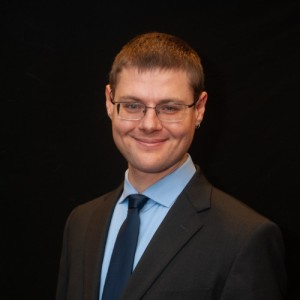
Tuesday Apr 21, 2020
Avoiding Business Disaster
Tuesday Apr 21, 2020
Tuesday Apr 21, 2020
Many business disasters are the result of bad decision making. But how do we learn to make better decisions, given all the effort that goes into planning, SWOT analyses and so on?
Gleb Tsipusky has been studying this for a long time. He focuses on cognitive bias, the tendency for our brains to push us in one direction that seems right when we really should be taking a bigger look around.
In this episode, Gleb gives examples of decision making gone bad and points out the different biases that resulted in those decisions. He also lays out some techniques for assembling teams and evaluating our own thinking to avoid those mistakes.
Not surprisingly, he has written a book on the subject: Never Go With Your Gut: How Pioneering Leaders Make the Best Decisions and Avoid Business Disasters
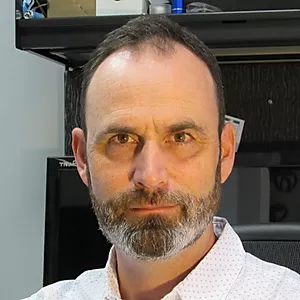
Tuesday Apr 07, 2020
Participating in the San Diego Angel Conference - Peter Teriete
Tuesday Apr 07, 2020
Tuesday Apr 07, 2020
Back in November, I spoke to Mysty Rusk and Jason Scharf about the upcoming (now complete) San Diego Angel Conference.
In this episode, Peter Teriete describes his experience as a participant. His company, TumorGen, enrolled in the conference looking for funding and guidance. They made the semi-finals, but as Peter points out, you don't need to be the eventual winner to have a good outcome. Many of the companies will find investors along the way.
I asked Peter what he learned about running his business as well as what he learned about pitching it. His positive attitude comes through throughout the interview.
I strongly encourage all entrepreneurs to listen to this episode and then share it with your community.
Feel free to connect with Peter on LinkedIn.

Tuesday Mar 24, 2020
Using Zebrafish to Discover Host Directed Therapies
Tuesday Mar 24, 2020
Tuesday Mar 24, 2020
Infectious disease is getting a lot of attention right now because we are in the middle of the Corona Virus pandemic. In this episode (recorded back in January), Dr. Molly Matty helps us explore how Zebrafish, a model organism for development is being used to investigate host pathogen interactions, specifically with Mycobacterium marinum.
Other species of Mycobacterium cause tuberculosis or leprosy in humans, of course. Molly explains the benefits of the zebrafish model for potentially identifying host derived therapies for Mycobacterial diseases.
In particular, zebrafish:
- Can be engineered with fluorescently labeled vasculature and macrophages
- Readily absorb small molecules (like antibiotics)
- Are transparent as larvae and embryos
All of which make them amenable to direct observation of pathogen interactions under a microscope.
Bonus: Molly explains how to inject a live zebrafish without a mask and snorkel.
Learn more at: mollymatty.com
Connect on Twitter: @ooomollypop

Wednesday Mar 11, 2020
Founder Mentality - From Imposter Syndrome to Quiet Confidence
Wednesday Mar 11, 2020
Wednesday Mar 11, 2020
Self doubt and the expectations of others can be a heavy load to carry. Debbie Chen, Founder and CEO of Hydrostasis, managed to relieve herself of those burdens and finally discover what success means to her.
Debbie arrived from Taiwan at the age of six. She got a PhD (much later) because she wanted to make her parents proud. She never had her own definition of success until recently. Starting a company wasn't on her list of things to do. She didn't think she could for many reasons.
She has found her success and makes a point to give back so others can share it.
In this interview she describes:
- Making the leap from scientist to CEO
- What it means (and what to do) when you're told, "You're too early."
- How she developed patience and got comfortable with waiting
- Why she recommends therapy for all startup founders
- The one habit that helps her sleep better every night
- Her best advice for entrepreneurs from underrepresented groups
Whether you are a founder, a woman, a minority or just busting your butt at work (Debbie is all of those) you will find something here you can use. This is one of my all time favorite interviews.
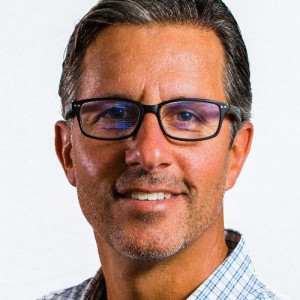
Monday Feb 24, 2020
A Brain Based Speaking Approach for Scientific Presentations
Monday Feb 24, 2020
Monday Feb 24, 2020
How do you avoid the terrible stereotype of the poor scientific speaker?
Scott Stiefvater calls himself the (anti) Presentation Coach. His approach is based on the fact that there are no neurons in the brain for giving a presentation - only for speaking and listening.
The purpose in any speaking situation is to deliver an idea from your mind into the mind of whomever is listening, whether that is one person or many.
Scott doesn't teach techniques, which he says are based on "best guess imitation" of great speakers. It's more important to be aware of your outward behavior (the unconscious signals you may be sending) and to be invested in seeing that your message is getting through. Turn your awareness and intent toward the listener.
In this episode, Scott gives tips on:
- Developing trust from the audience
- Speaking vs writing
- Using your strengths
Connect with Scott on LinkedIn

